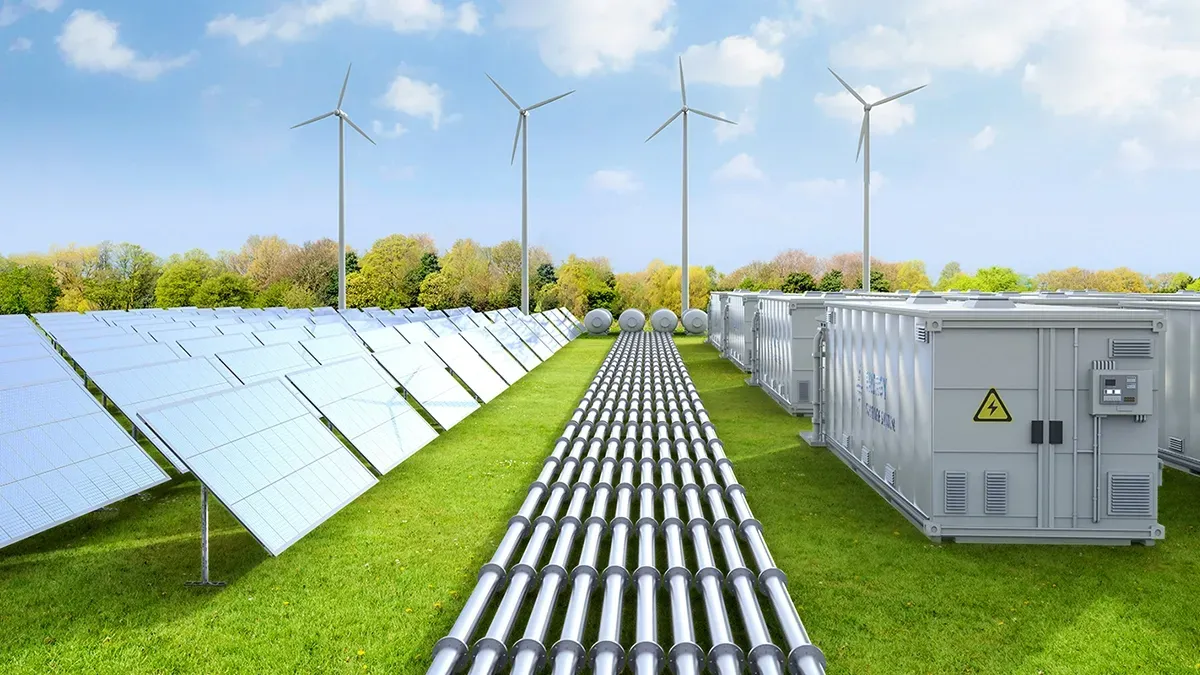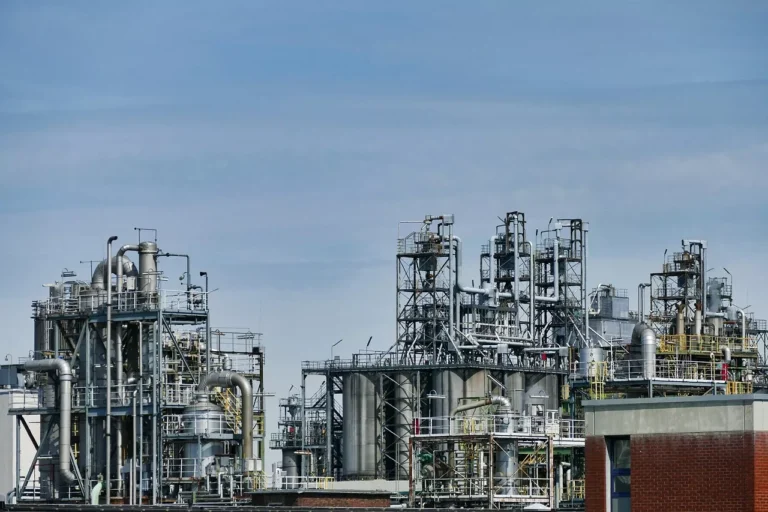
Groton and Lightshift Energy Launch Advanced Microgrid and Energy Storage System to Boost Local Resilience and Cut Costs
On Wednesday, in a step forward for clean energy innovation and local energy resilience, the Groton Electric Light Department (GELD) and Lightshift Energy officially unveiled their latest joint venture: a cutting-edge battery energy storage system and microgrid, known as Groton II, in Groton, Massachusetts. The project was inaugurated with a ribbon-cutting ceremony attended by key stakeholders, public officials, and clean energy advocates, including Massachusetts State Undersecretary of Energy Michael Judge.
The Groton II facility, a 3-megawatt (MW) battery storage system, is the second such installation developed through the partnership between GELD and Lightshift Energy. It is designed to deliver multiple community benefits: reducing electric grid load during peak demand periods, providing direct backup power to the Florence Roche Elementary School, enhancing local energy resilience, and cutting electricity costs for local residents.
This multi-faceted approach to energy storage and reliability marks a pivotal achievement not just for the town of Groton but for the Commonwealth of Massachusetts as a whole. The project aligns with the state’s broader clean energy objectives by reducing carbon emissions and setting an example for other municipalities seeking to transition to more resilient, cost-effective, and sustainable energy infrastructures.
A Milestone in Municipal Energy Innovation
GELD has emerged as one of the few forward-thinking municipal utilities in the United States to implement a multi-use microgrid system that serves both economic and critical infrastructure needs. With this latest deployment, Groton becomes a leader in demonstrating how battery storage can be optimized to deliver layered value—from economic savings to enhanced public safety.
The project is particularly noteworthy for its dual-purpose functionality. During periods of peak electricity demand—typically hot summer afternoons or cold winter evenings—the Groton II battery can discharge electricity to reduce the strain on the regional electric grid. This “peak shaving” reduces the need for GELD to purchase high-cost electricity from the wholesale market, translating into long-term cost savings for its customers. Simultaneously, the system is designed to function as a microgrid that can island—or operate independently—from the larger grid in the event of outages, keeping critical services at Florence Roche Elementary School online.
“GELD is proud to bring this project to our community,” said Jonathan Patterson, GELD’s General Manager. “This initiative is more than just a technology deployment—it’s an investment in Groton’s future. We are proud to offer our residents and institutions a solution that not only reduces carbon emissions and peak demand but also improves reliability and helps us maintain some of the lowest rates in the state.”
Patterson’s remarks were echoed by several speakers during the ceremony who highlighted how the project reflects a growing trend among municipal utilities to adopt energy innovations that balance sustainability, resilience, and economic efficiency.
Expanding the Lightshift-GELD Partnership
The Groton II project builds on the success of Groton I, another 3 MW battery storage installation that became operational in July 2024. Both systems are developed, owned, and operated by Lightshift Energy, a company recognized nationally for its expertise in deploying energy storage systems that maximize value through innovative applications like load shifting, grid services, and backup power.
Lightshift Energy Co-Founder and Managing Partner Rory Jones praised the collaborative nature of the project and the leadership shown by GELD in pushing the envelope for municipal energy solutions.
“We’re thrilled to work with a utility like GELD that understands the potential of energy storage to do more than just store electrons,” said Jones. “Groton II delivers meaningful cost savings and ensures backup power for critical facilities. It’s a model of how battery storage can support grid reliability, reduce customer costs, and help communities transition toward clean energy.”
Jones also emphasized the scalability of such systems and their role in supporting statewide and national decarbonization goals.
Clean Energy Policy in Action
Massachusetts has long been at the forefront of clean energy policy in the United States. Through initiatives like the Clean Peak Standard, solar incentives, and support for energy storage development, the state is actively driving adoption of technologies that reduce reliance on fossil fuels, enhance energy security, and protect ratepayers from price volatility in the energy markets.
State Undersecretary of Energy Michael Judge, who attended the ribbon-cutting ceremony, pointed to the Groton II project as a prime example of the state’s vision becoming reality at the local level.
“This project demonstrates what’s possible when communities embrace innovation and when forward-thinking utilities partner with technology providers to serve the public interest,” said Judge. “Massachusetts is proud to support efforts like this that bring tangible benefits to our towns—cleaner air, lower energy bills, and greater resilience in the face of grid disruptions.”
Critical Infrastructure and Community Resilience
One of the standout features of Groton II is its role in strengthening community resilience, especially through its connection to Florence Roche Elementary School. By acting as a backup power source, the battery system ensures that the school can remain operational in emergencies, such as storms, power outages, or public safety events.
State Representative Danillo Sena praised the project’s direct community impact: “The Groton II microgrid is a powerful example of innovation meeting public need. It lowers energy prices while serving as a vital lifeline to one of the community’s most important institutions—its public school. This is the kind of infrastructure we need more of across the Commonwealth.”
As climate change intensifies the frequency and severity of weather events, municipalities across the U.S. are seeking ways to make their communities more resilient. Microgrids and battery energy storage systems like Groton II offer a practical solution, allowing critical services to continue functioning even when the main power grid is compromised.
A Blueprint for the Future
With the commissioning of Groton II, Lightshift Energy and GELD have created a replicable model for other municipal utilities and communities to follow. By combining battery storage, microgrid functionality, and smart economic planning, the project meets current energy needs while also preparing for an uncertain future marked by climate challenges, energy market shifts, and growing electricity demands.
Lightshift’s broader mission includes scaling these types of projects across the country, partnering with utilities and municipalities to deliver clean energy solutions that are technically advanced yet community-centric.
“Energy infrastructure doesn’t have to be either sustainable or reliable—it can and must be both,” said Rory Jones. “Our work with GELD shows how battery storage can offer real, measurable value to utilities, schools, and families. We believe this is just the beginning of what’s possible.”










